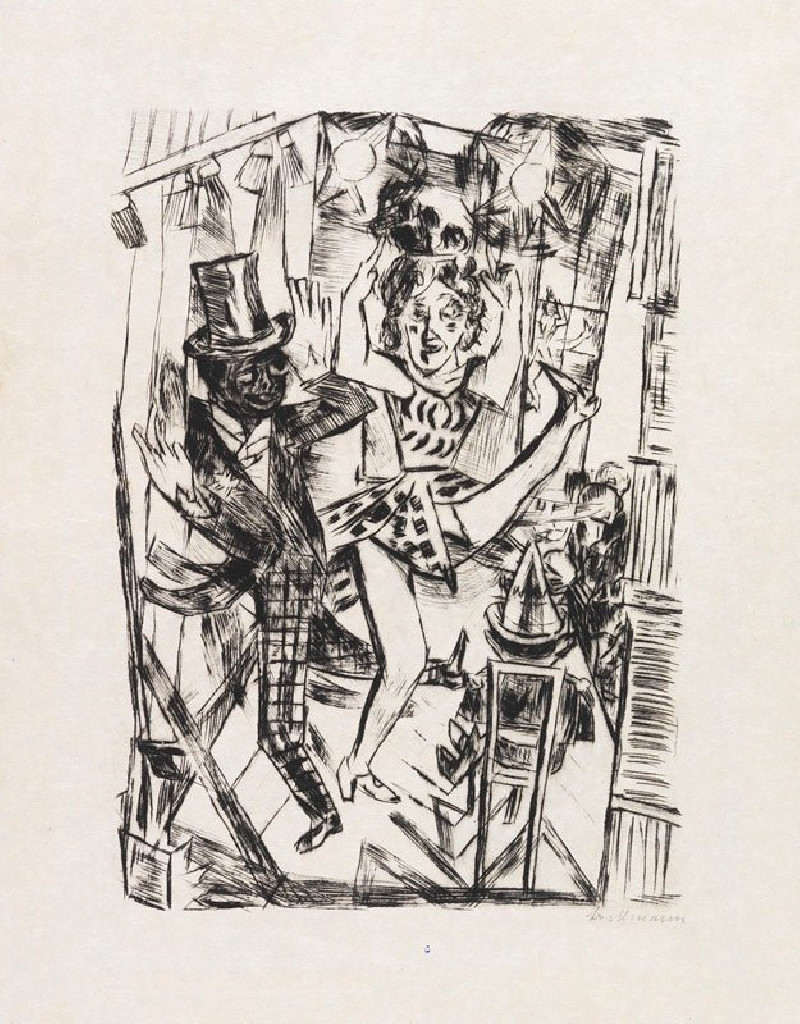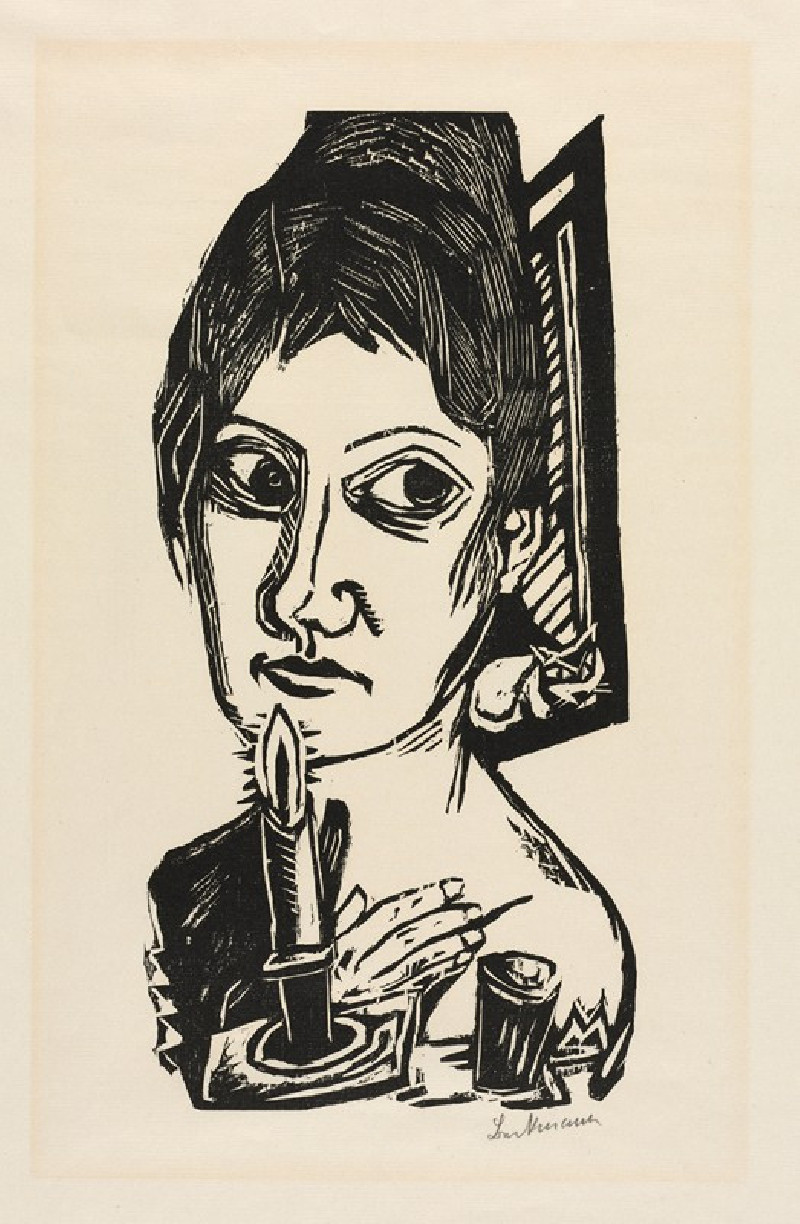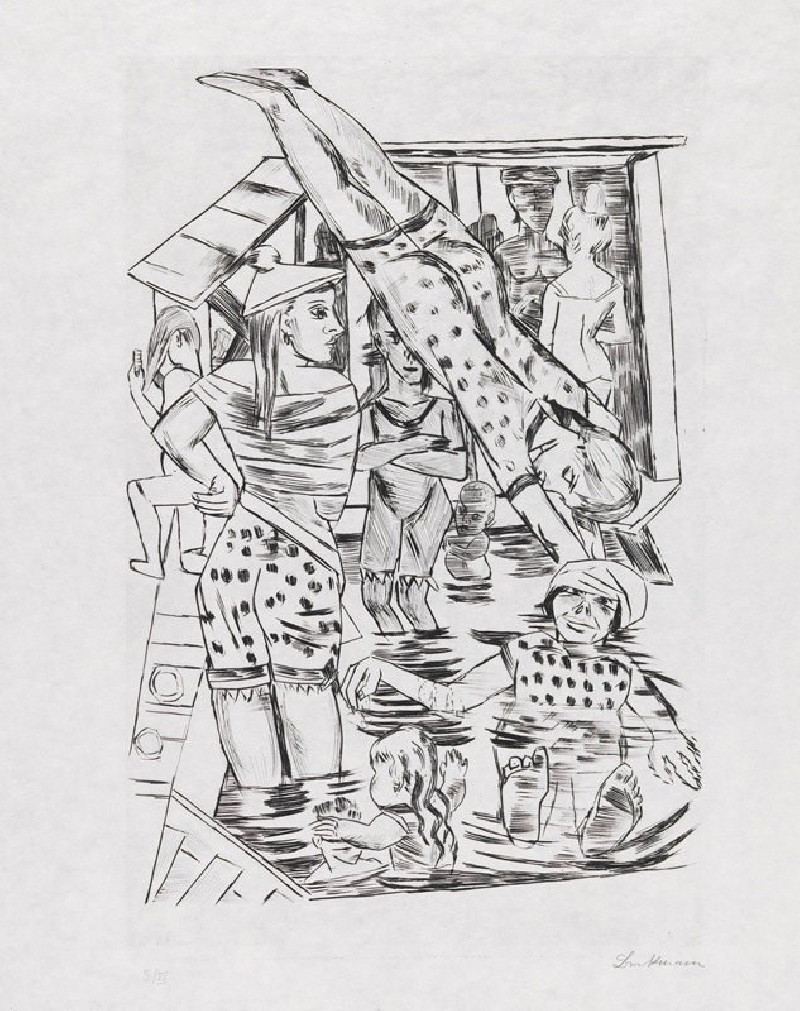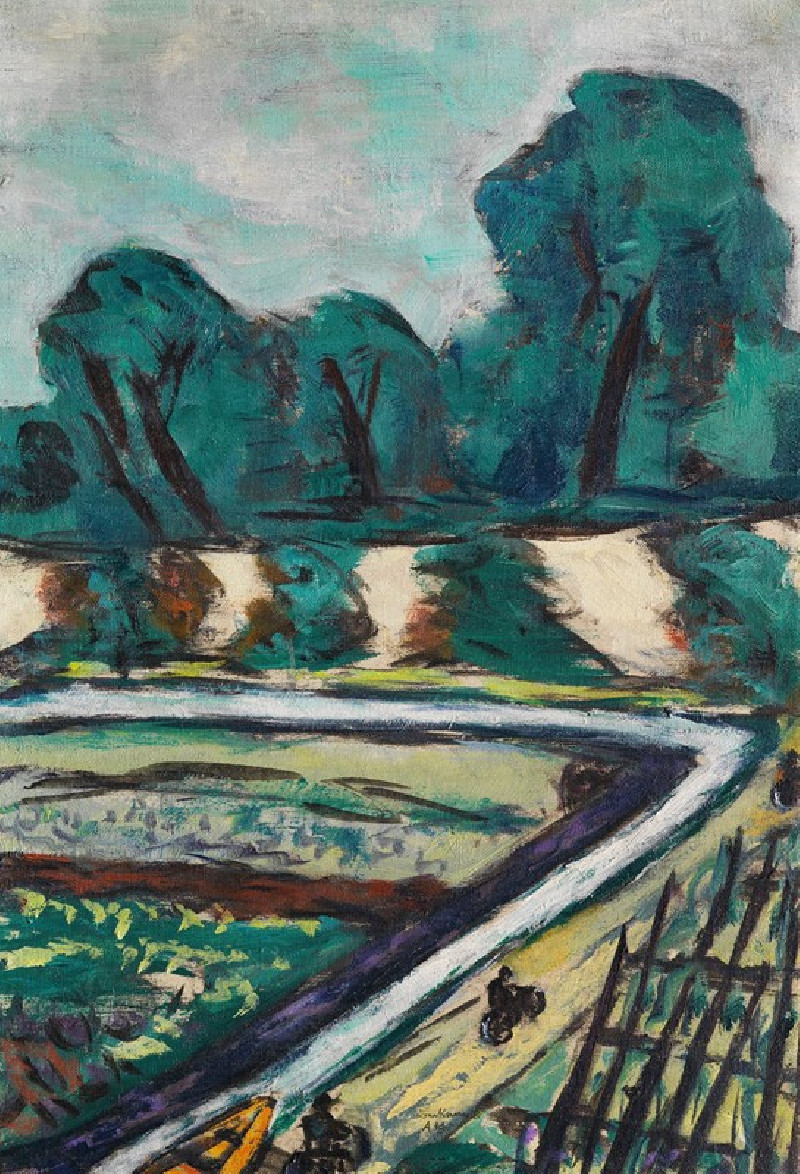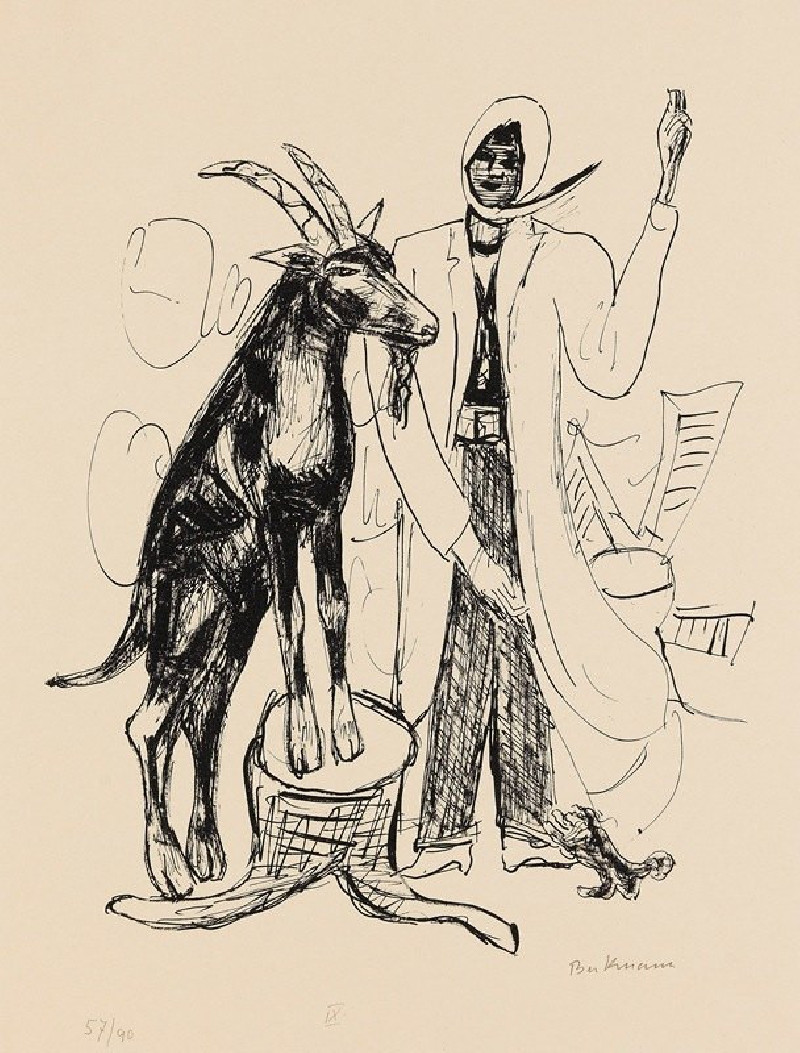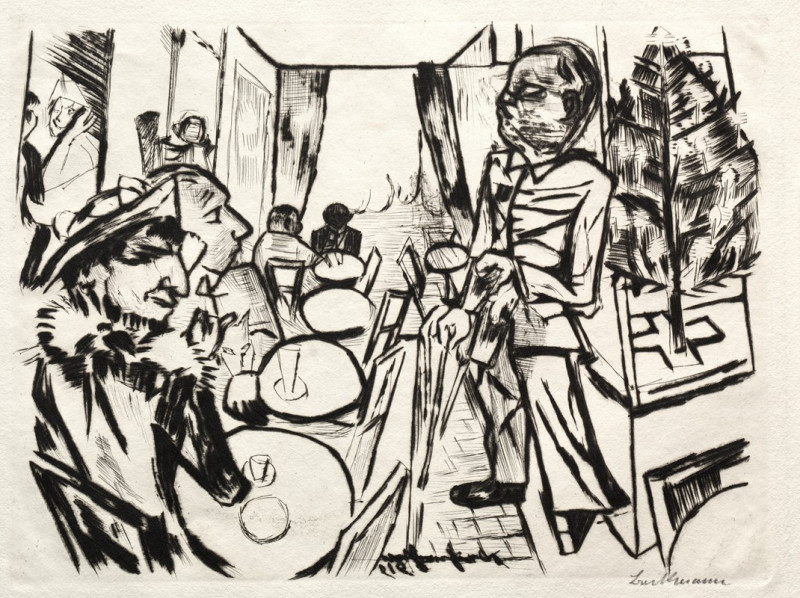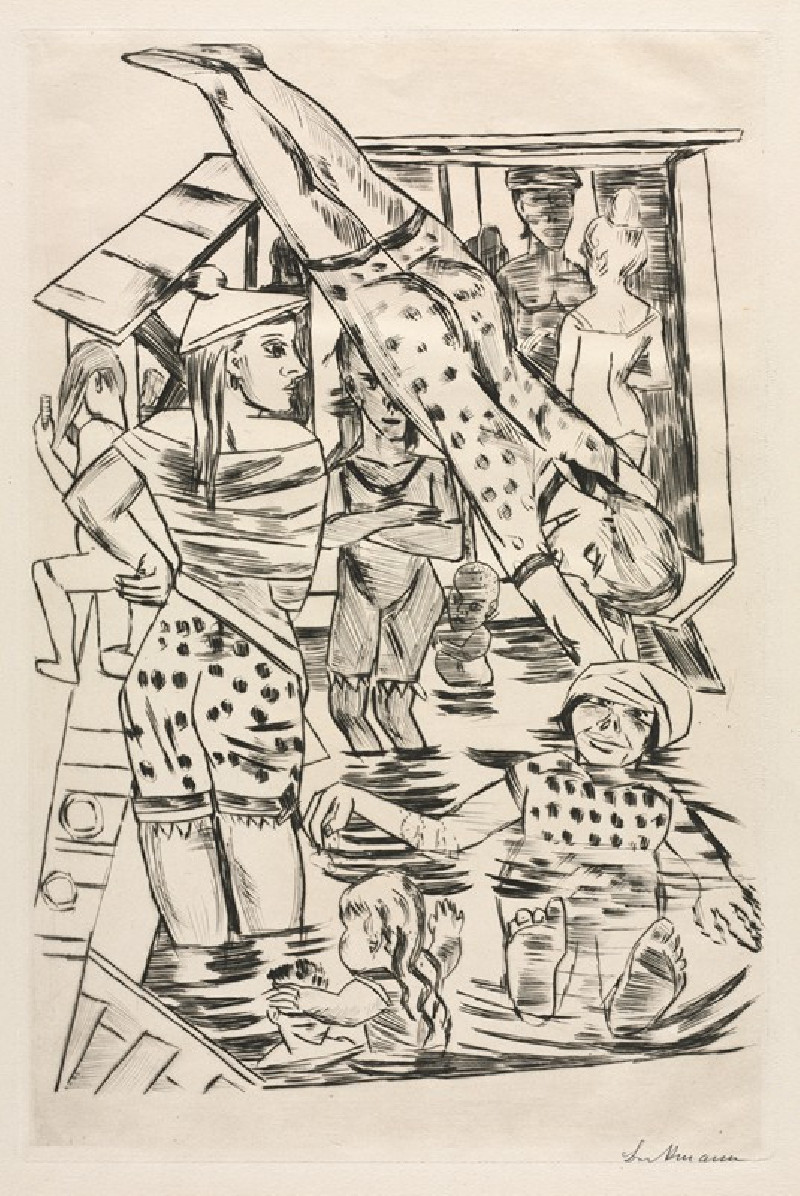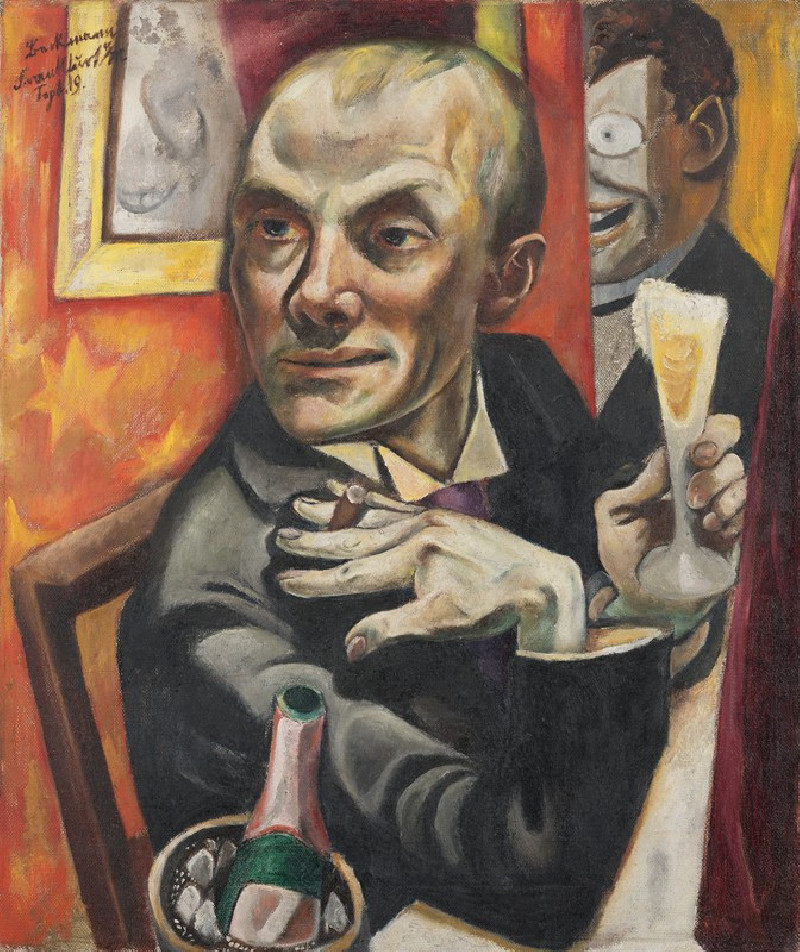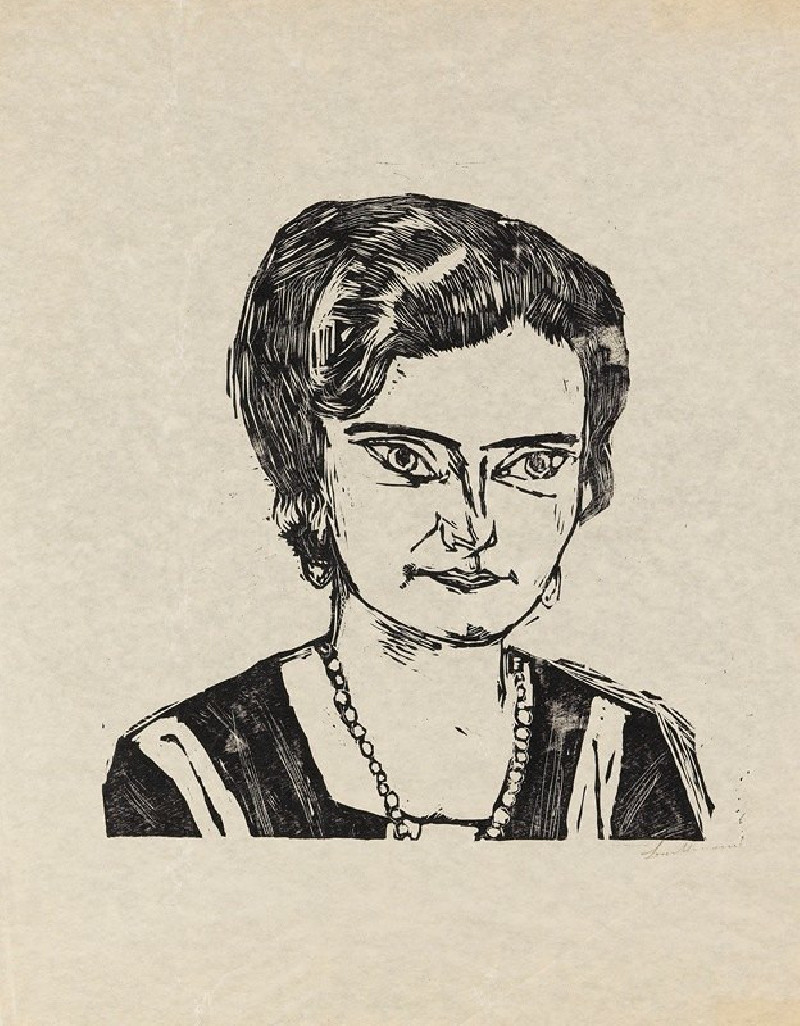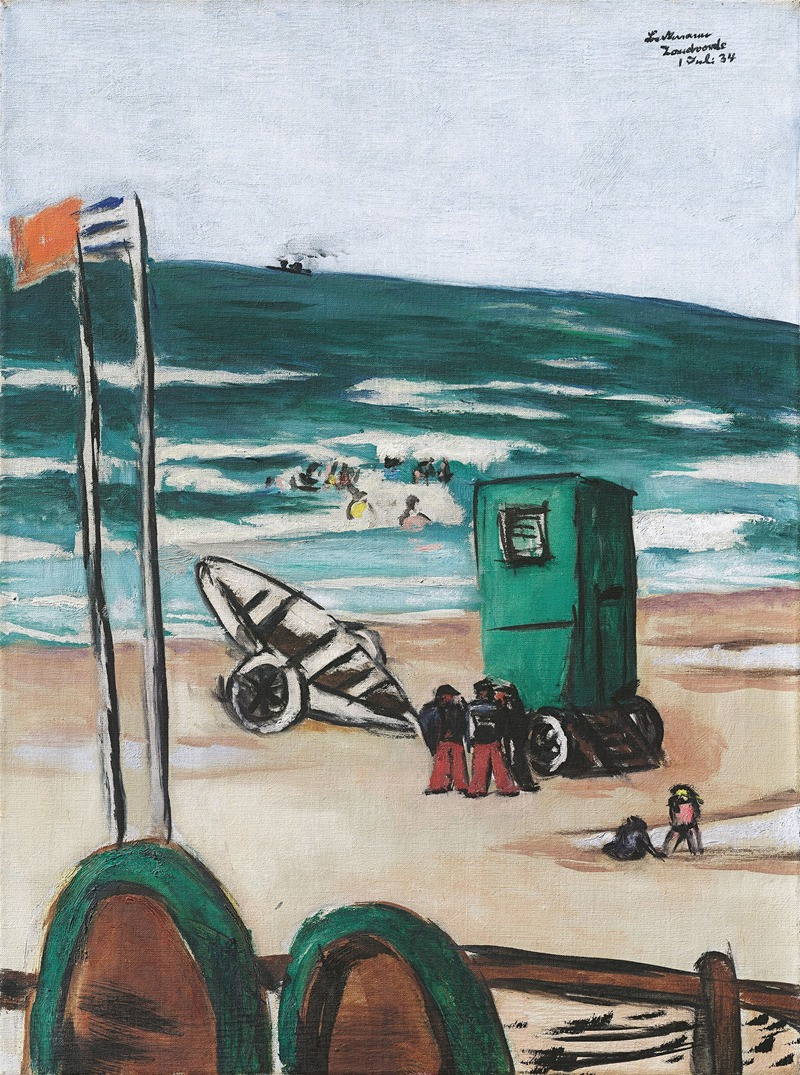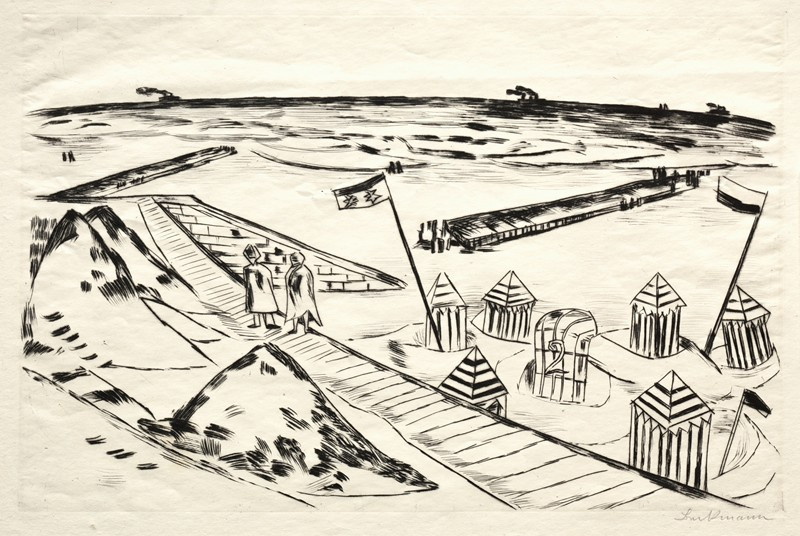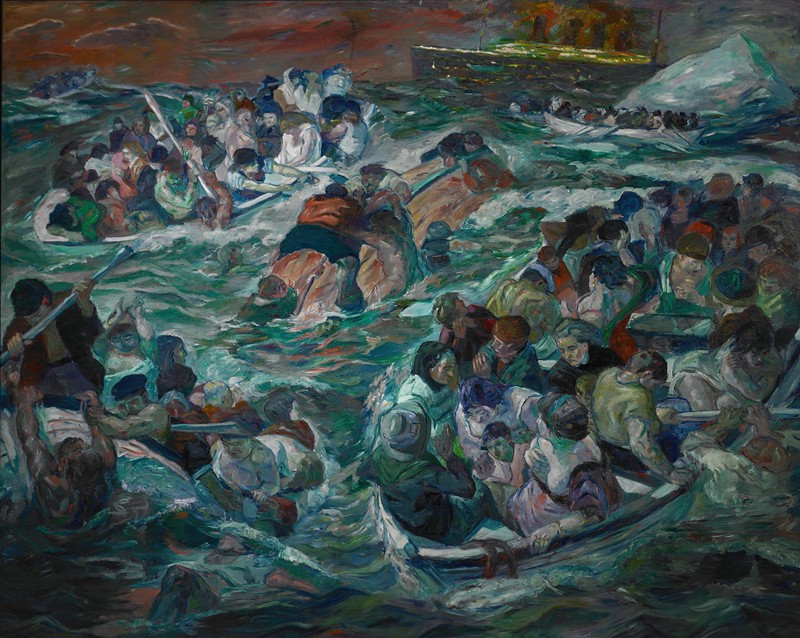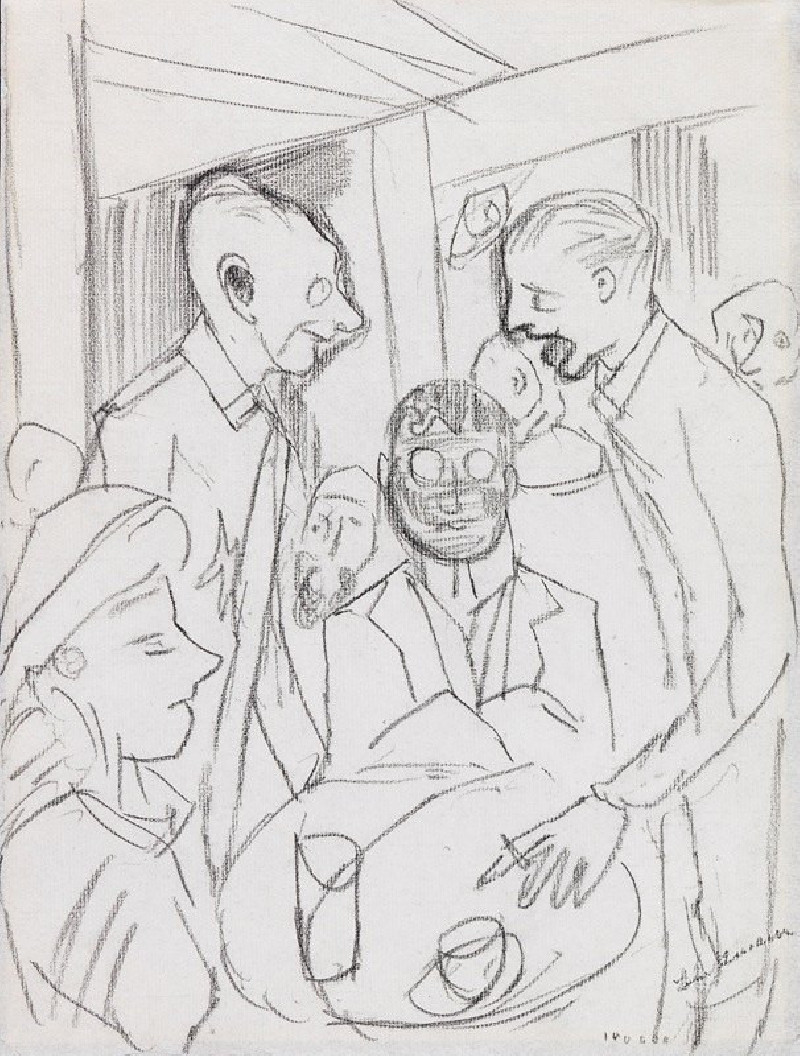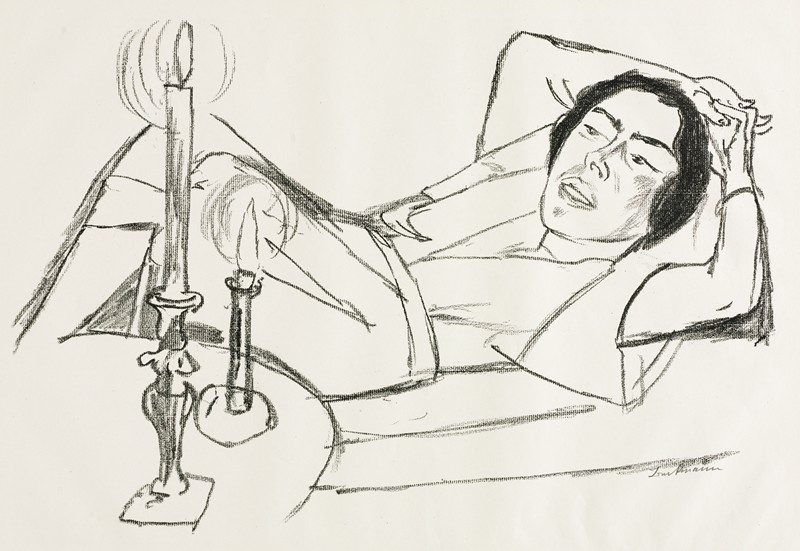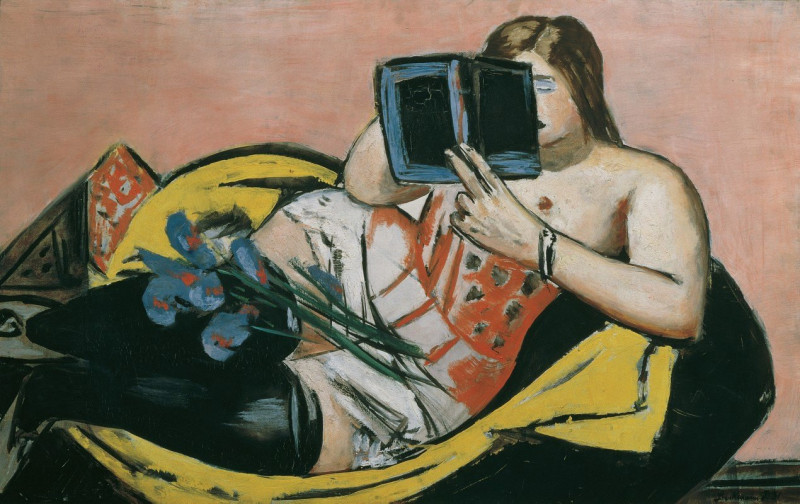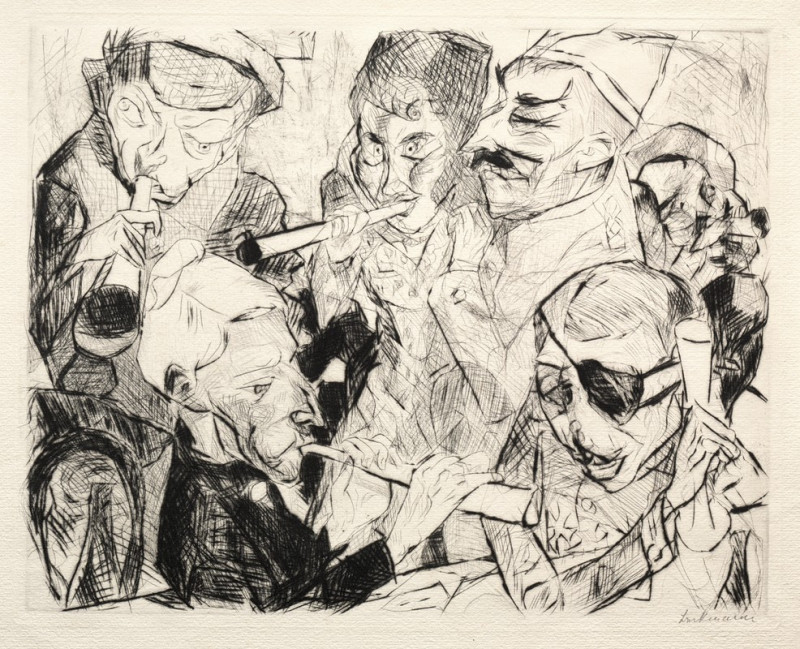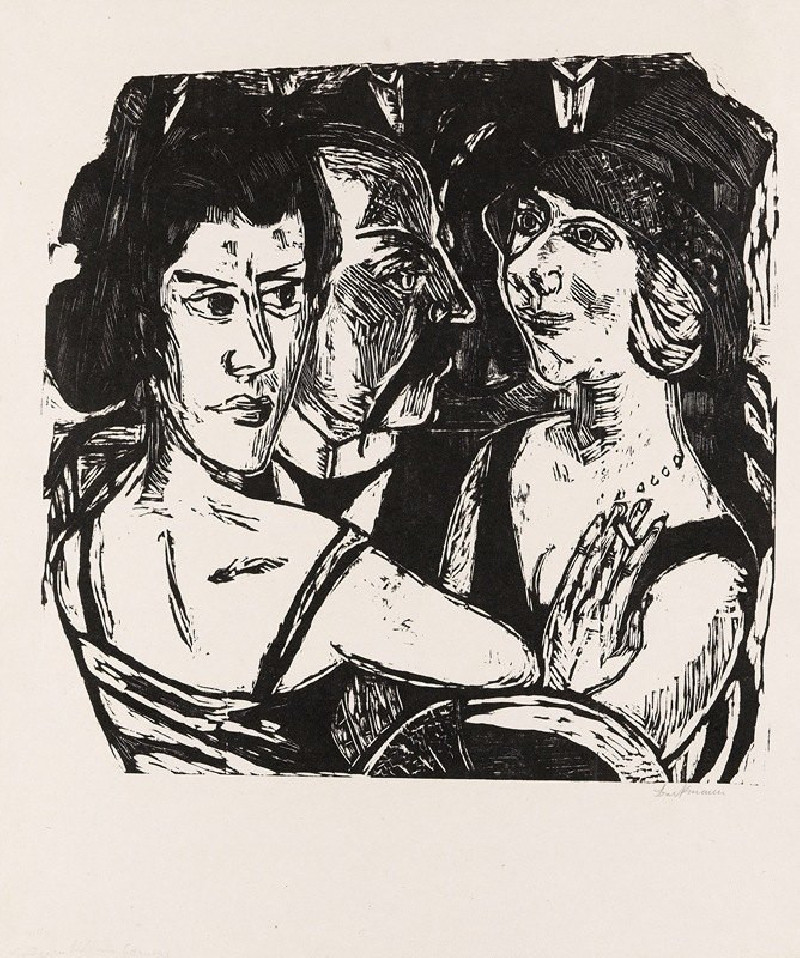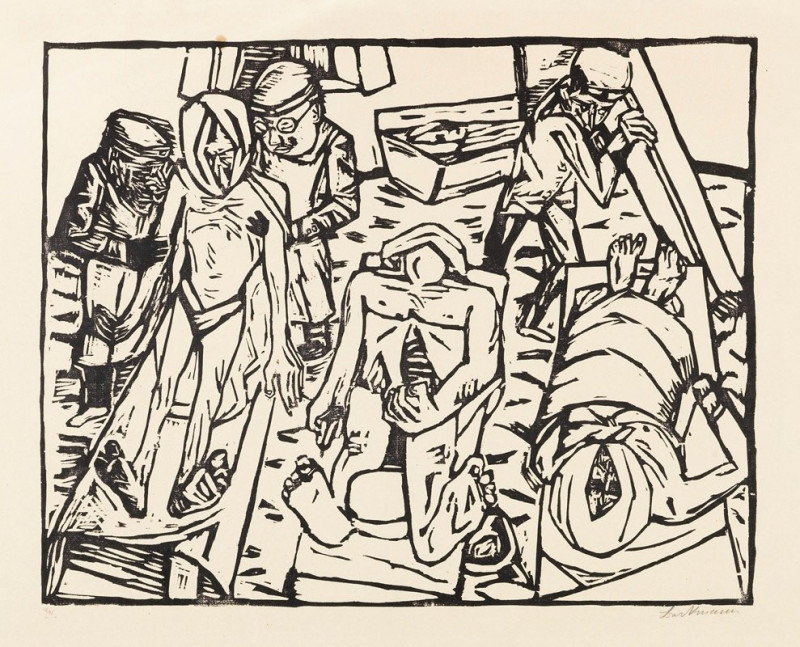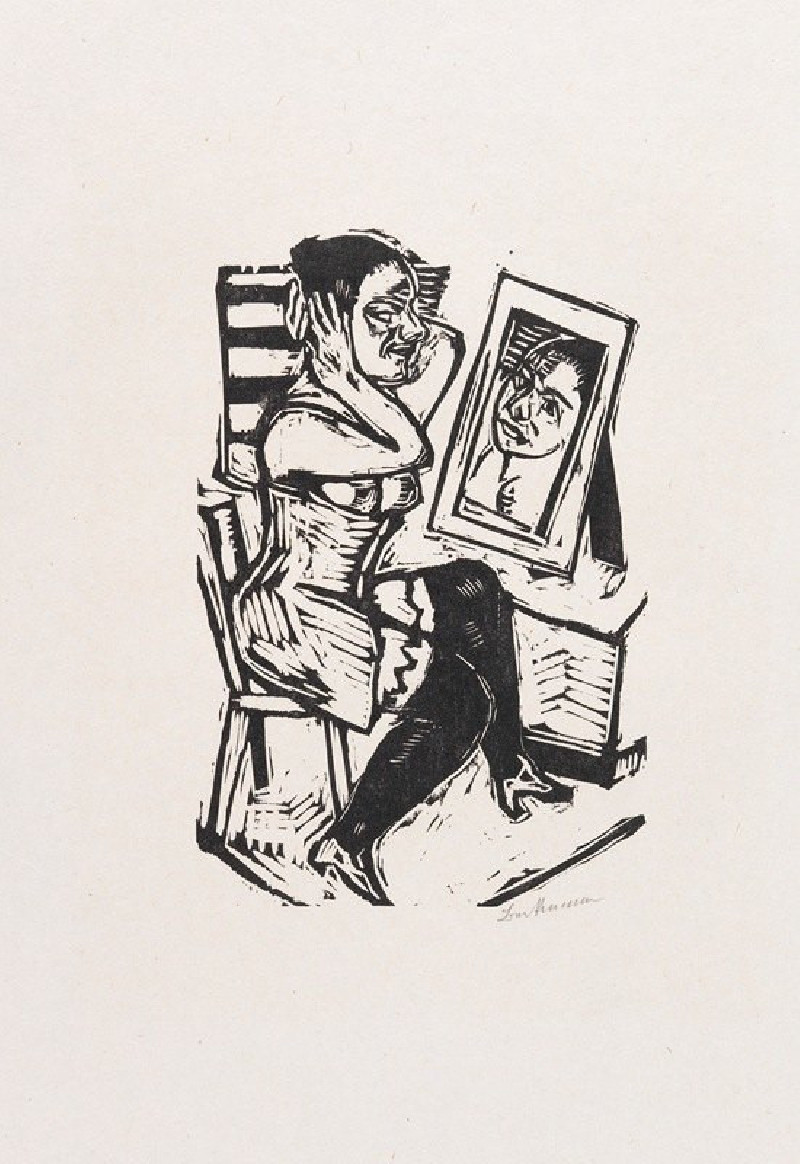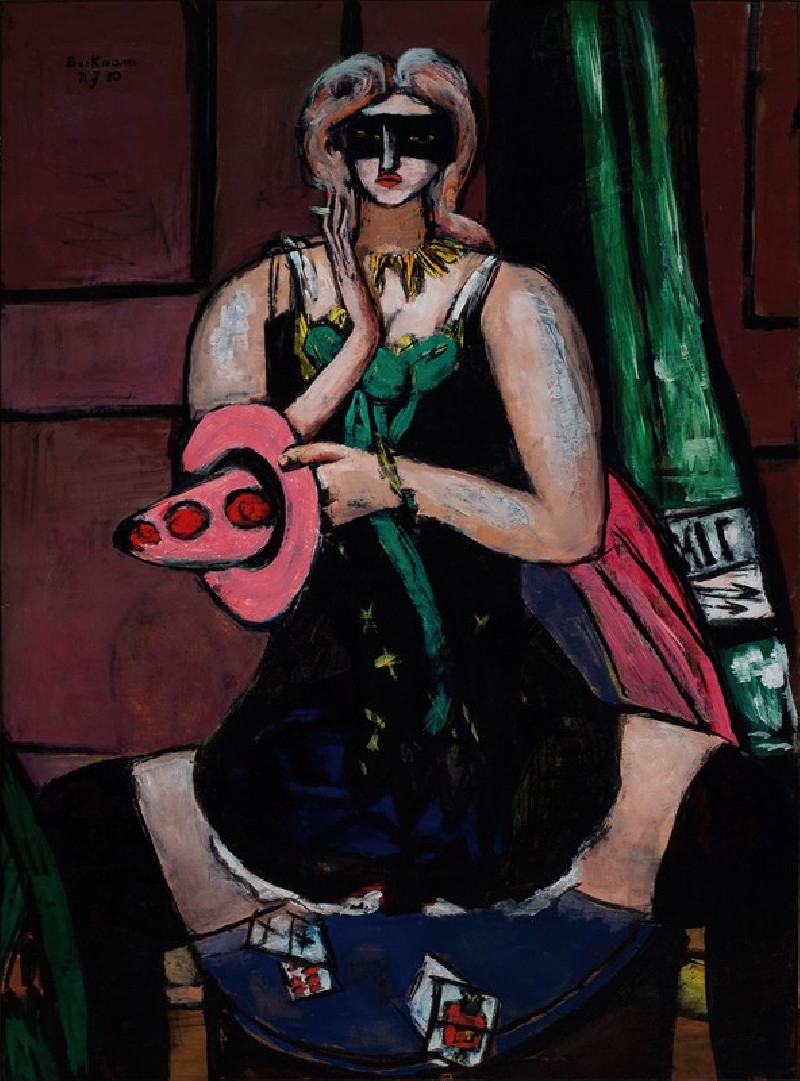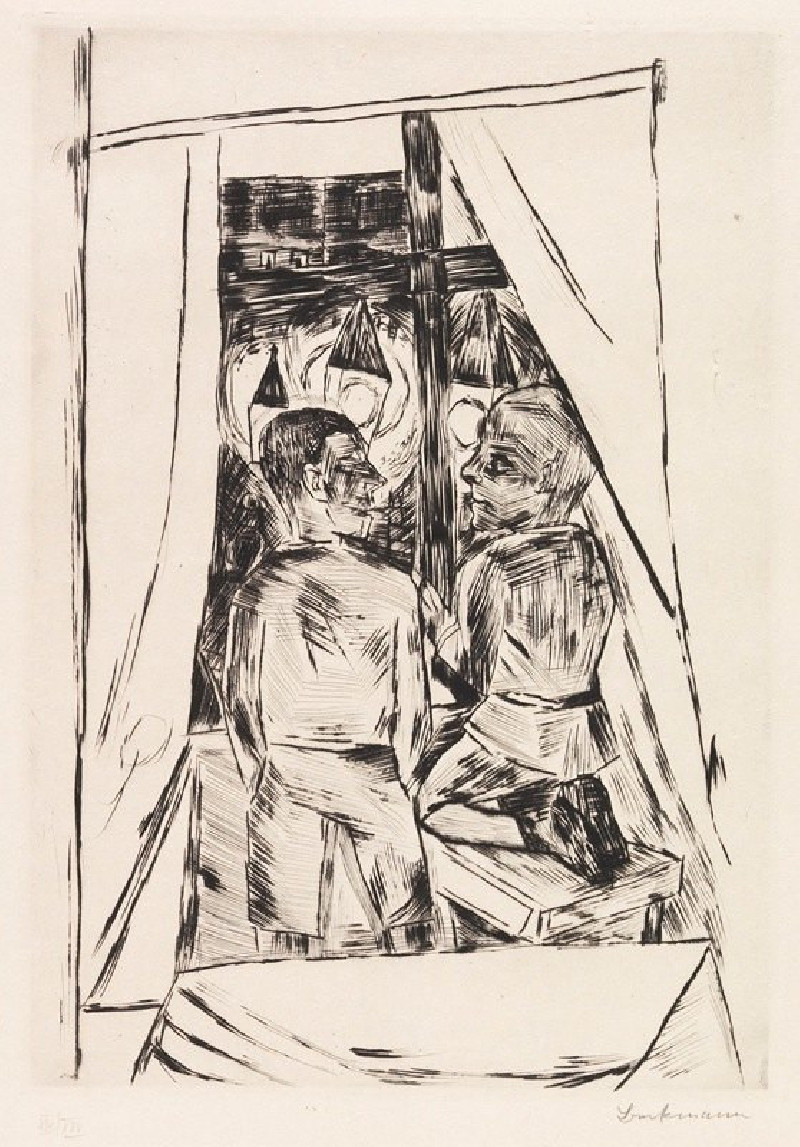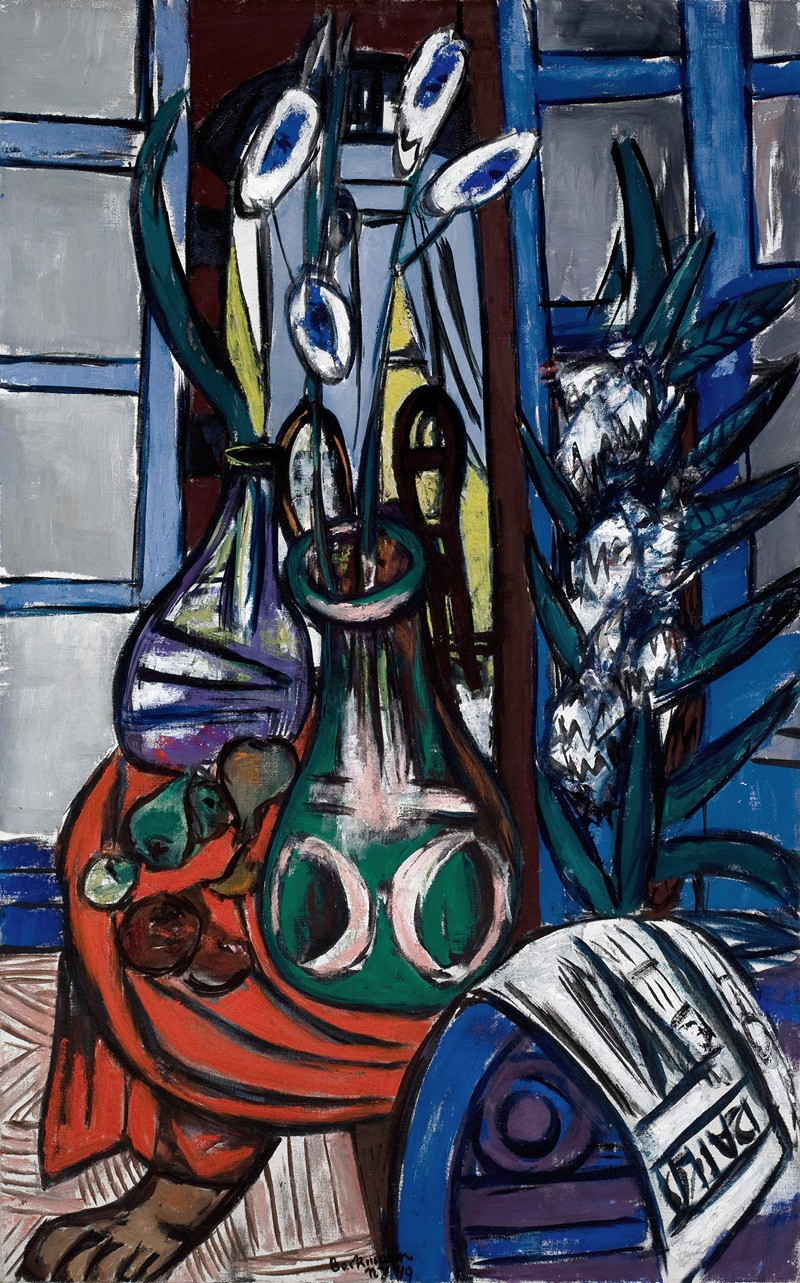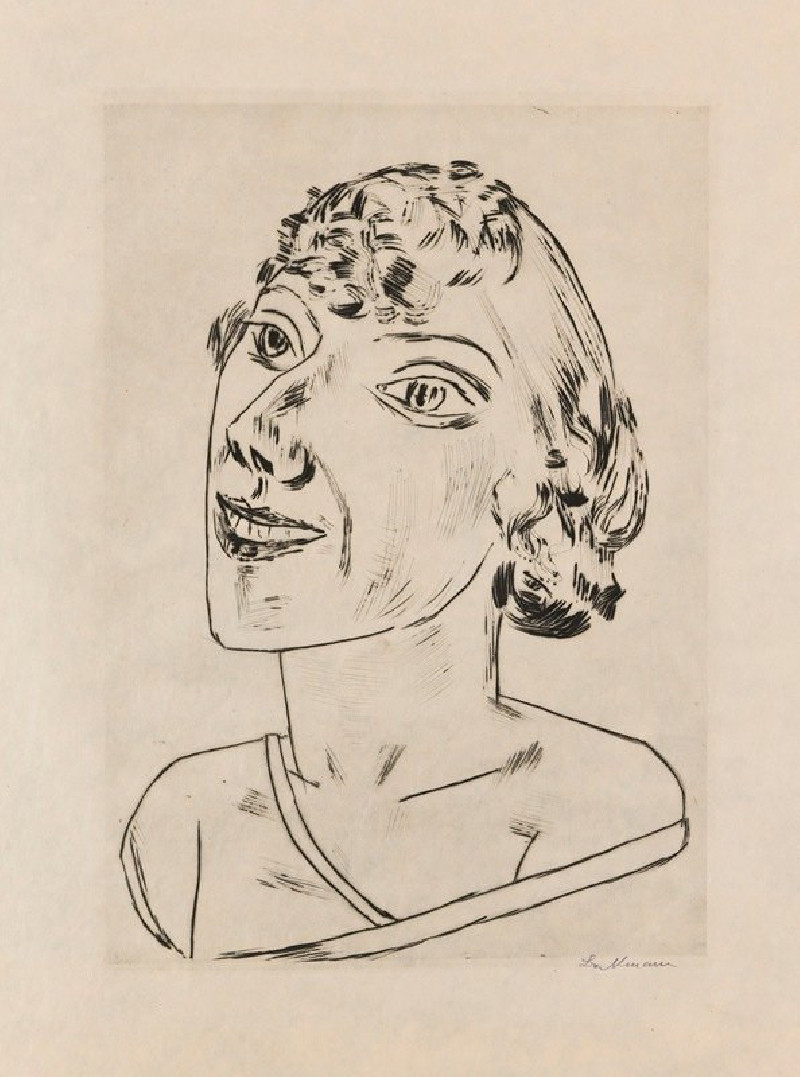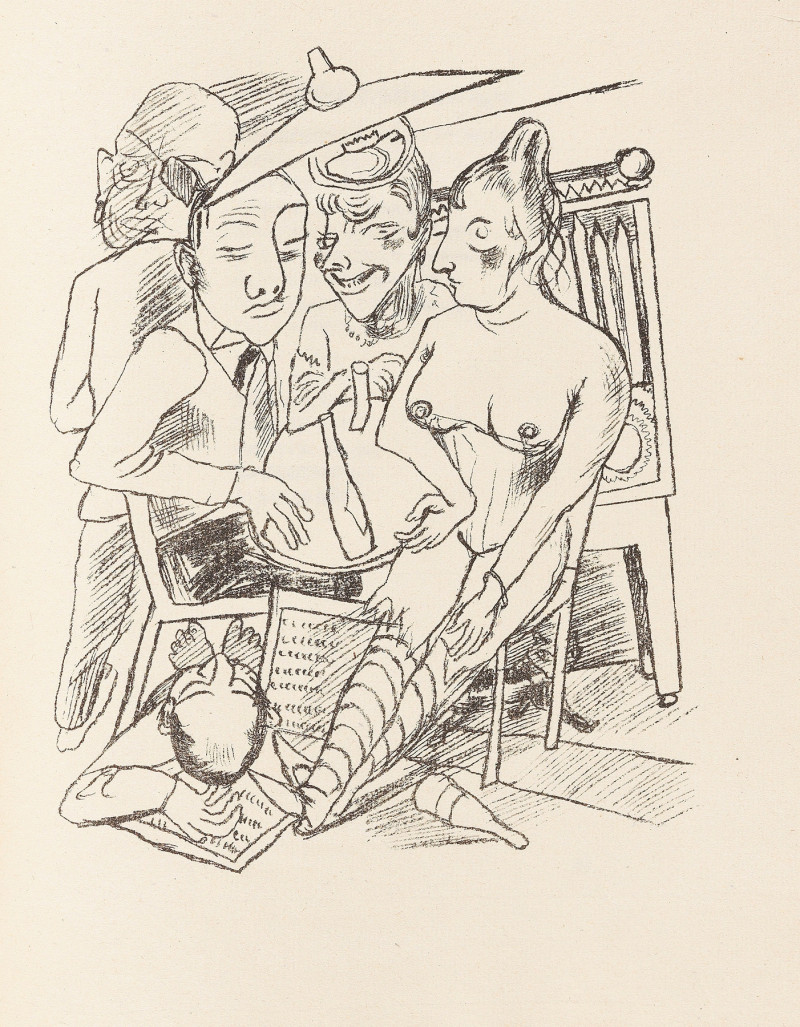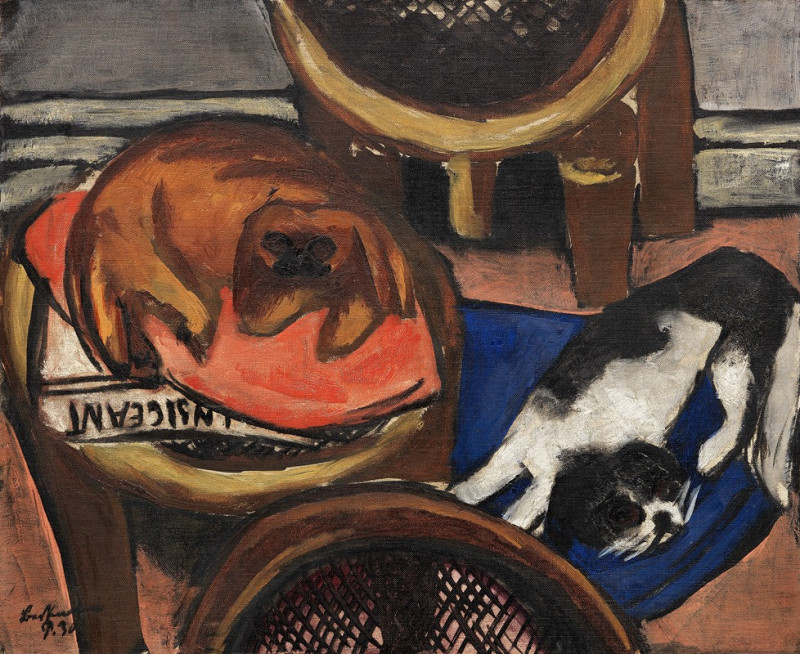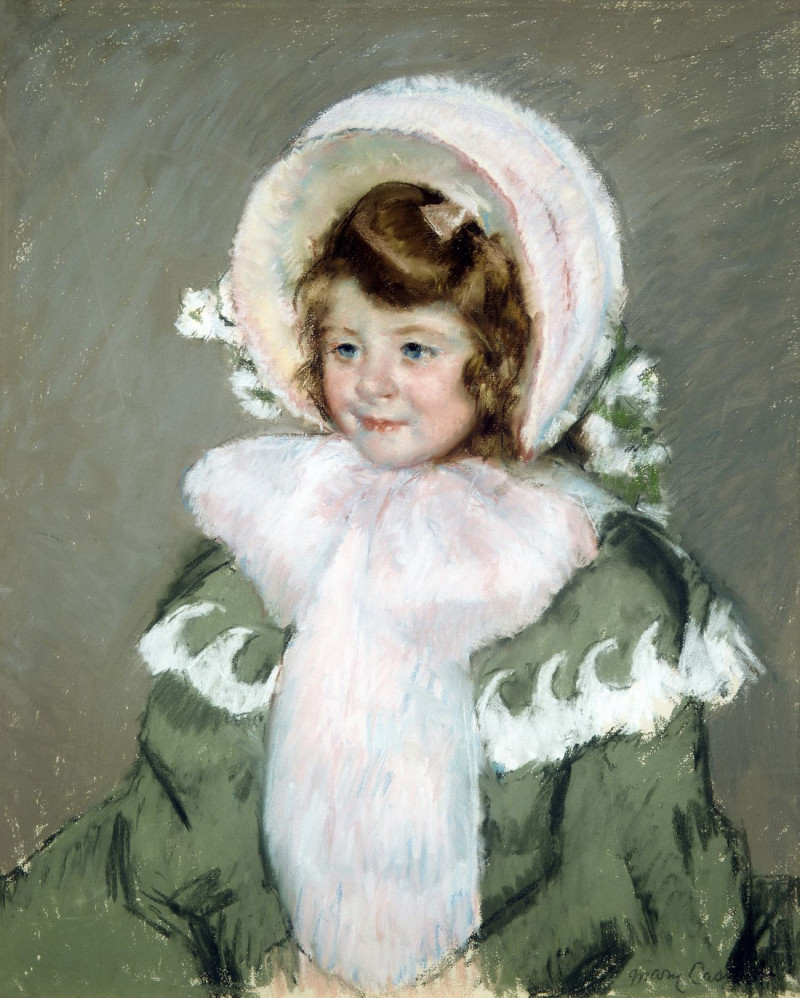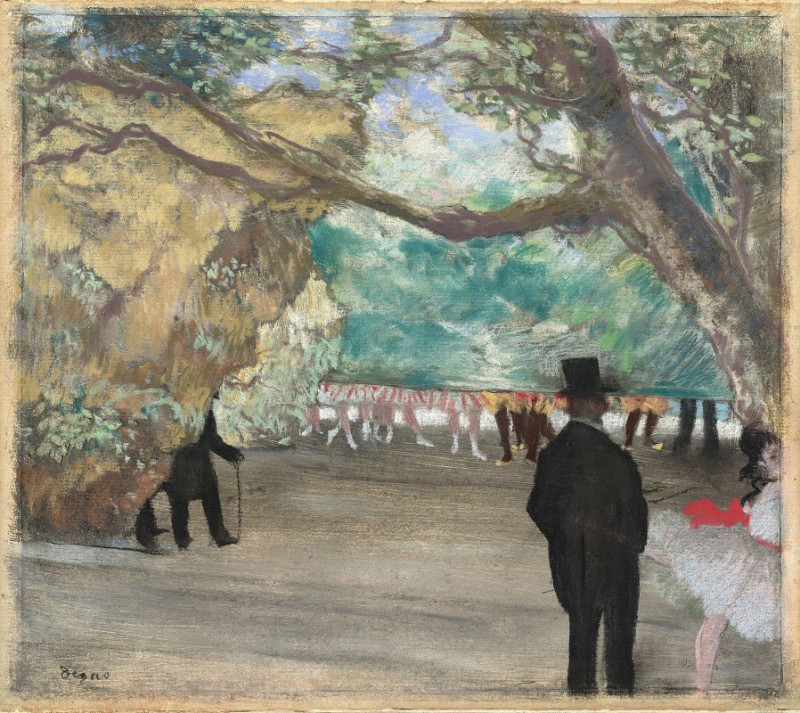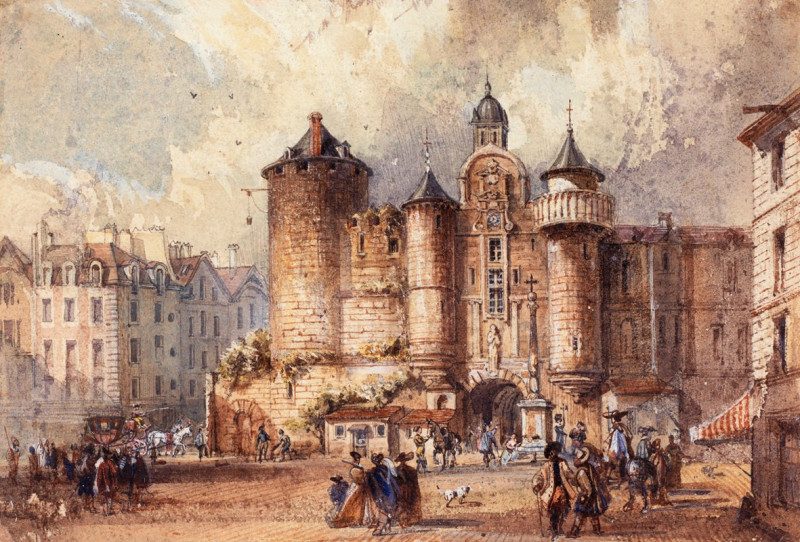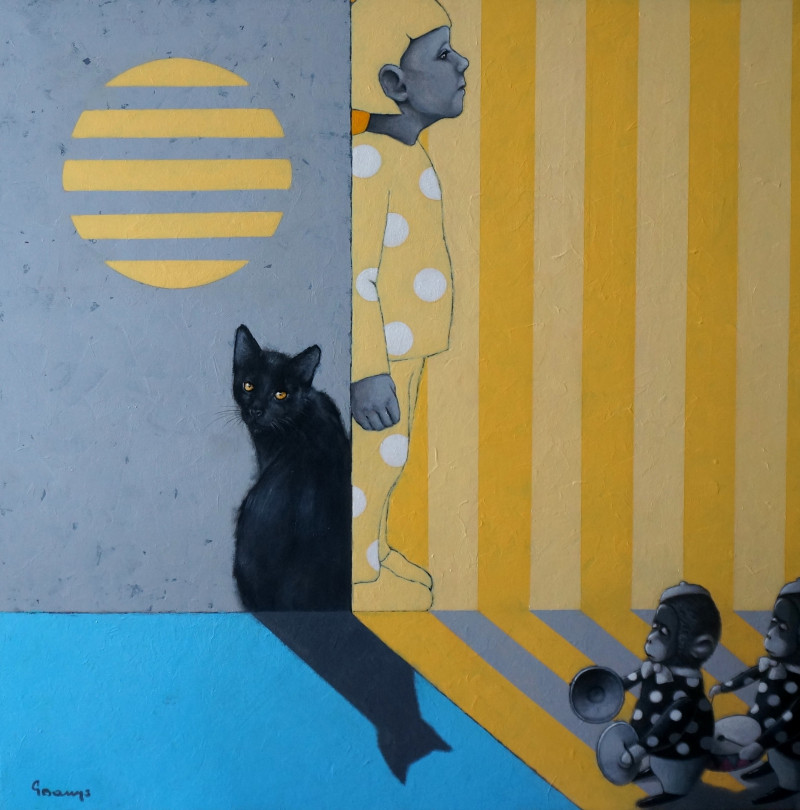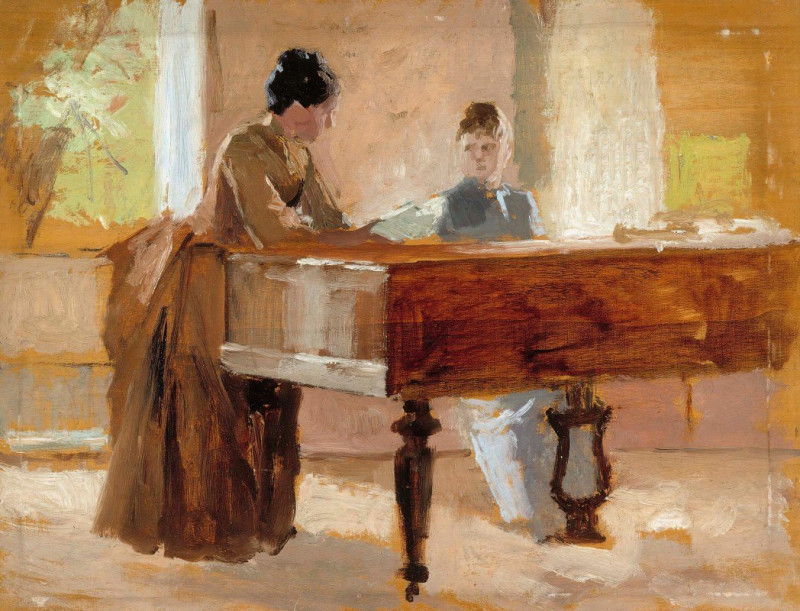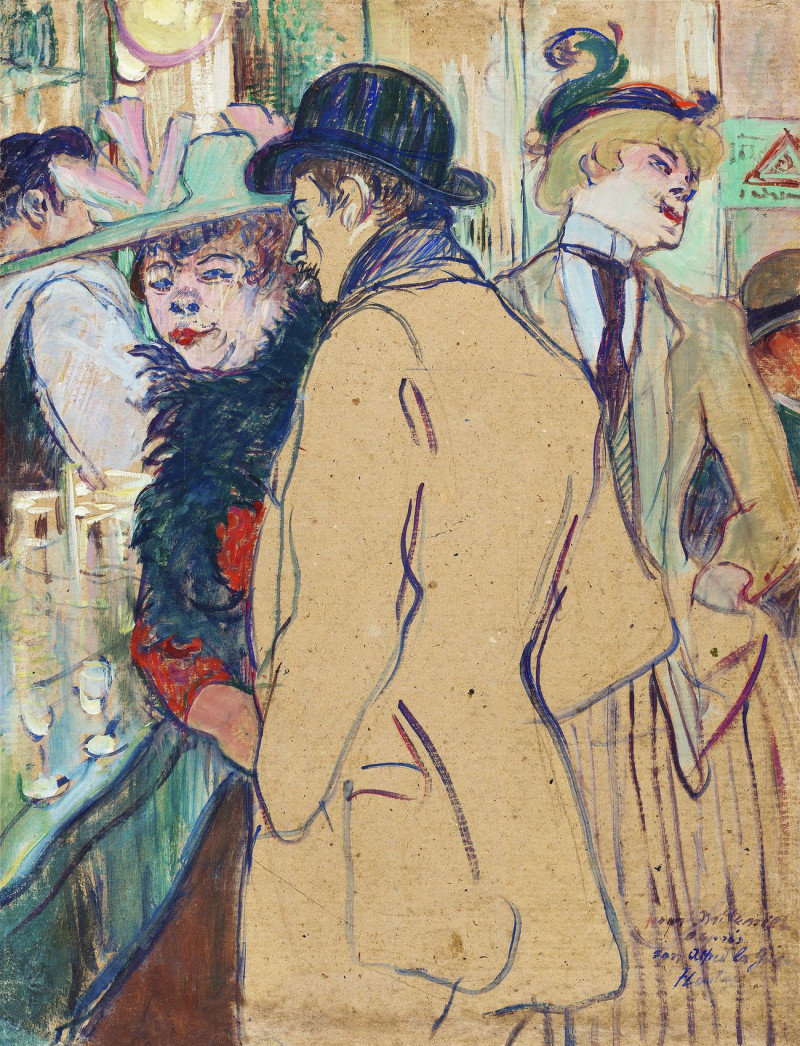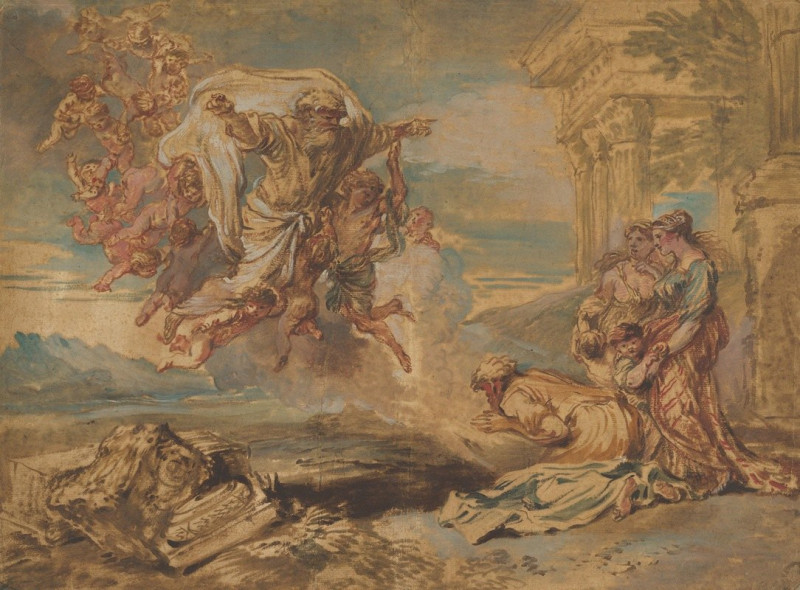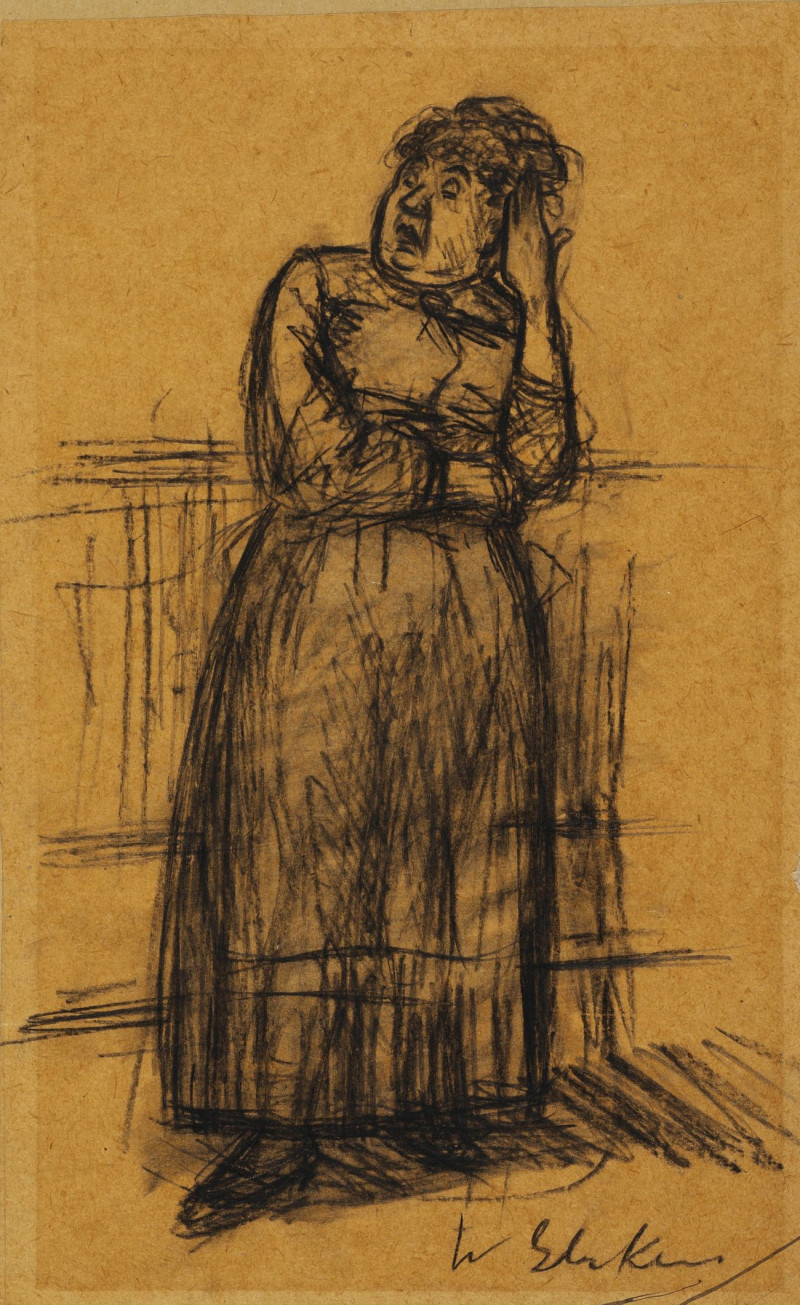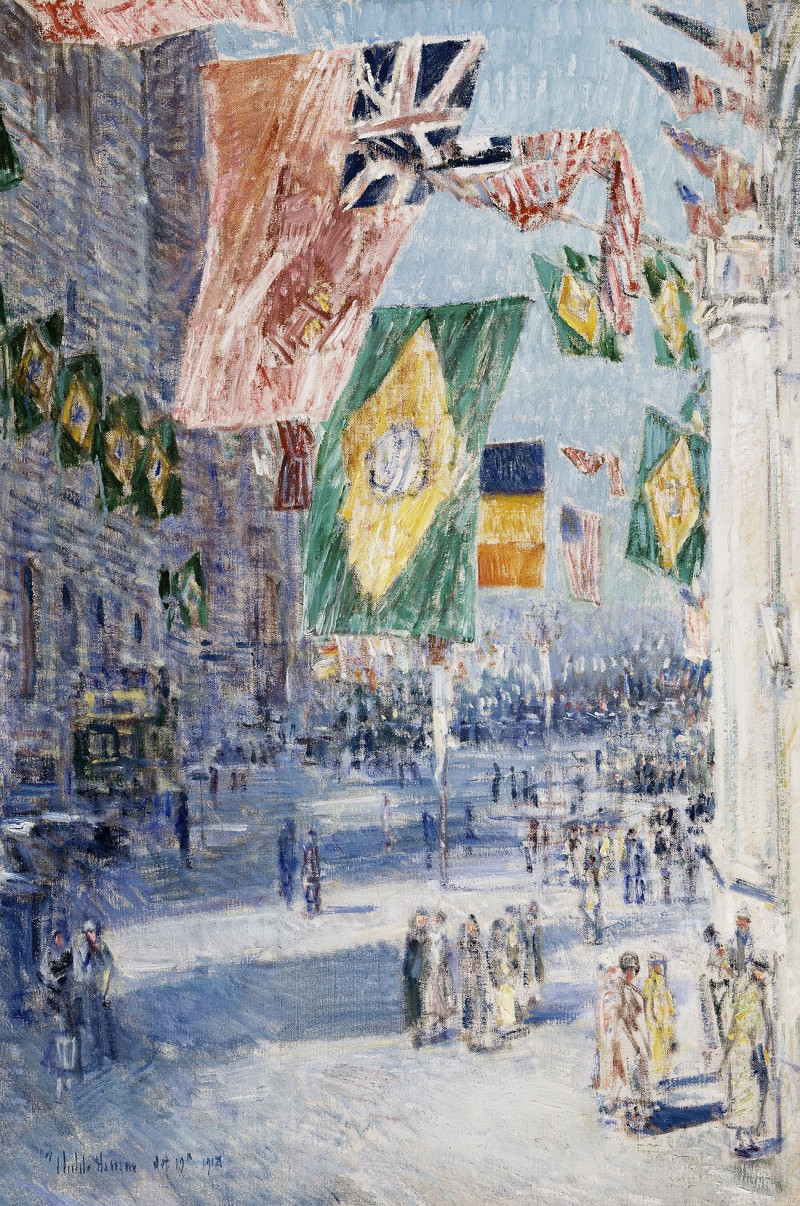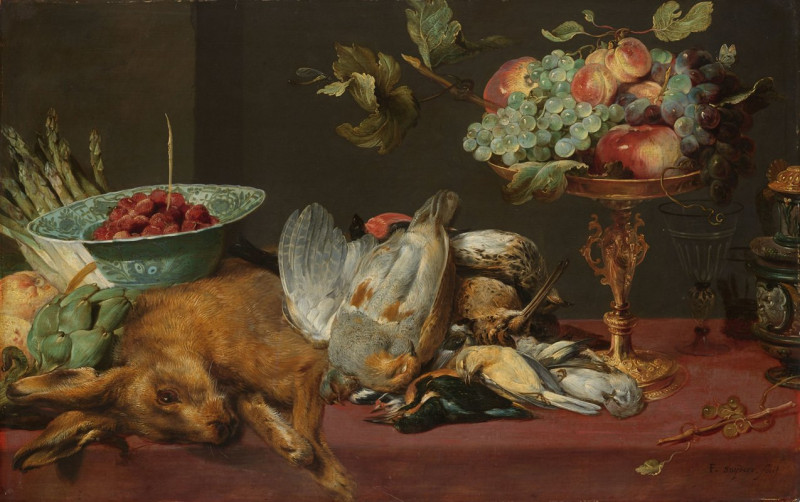Tauentzienpalast (1920)
Technique: Giclée quality print
Recommended by our customers
More about this artwork
Welcome to the vivid and compelling world of Max Beckmann's "Tauentzienpalast," crafted in 1920. This striking etching captures the essence of the roaring twenties in Berlin, a city of dramatic social contrasts and vibrant nightlife. Beckmann, known for his intense, emotional style, presents a scene bustling with energy and layered with narratives.The composition features two central figures caught in a moment of dynamic interaction. On the left, a debonair gentleman adorned in a top hat exudes a sense of mysterious allure and motion, his body angled as if mid-dance or stepping through the scene. To his right, a woman, possibly a dancer or cabaret performer, is depicted with expressive gestures, her face conveying both excitement and a hint of exhaustion, underlining the frenetic pace of Berlin's nightlife.Surrounding these figures are elements that suggest a setting filled with chaos and vitality: disjointed spaces, shadowy contours, and ghostly faces that seem to emerge from the background, emphasizing the transient, ephemeral nature of the entertainment industry at the time. Beckmann's use of light and dark intensifies the dramatic effect, making the viewer feel as though they are part of this pulsating scene."Tauentzienpalast" not only serves as a snapshot of a historical moment but also stands out as a powerful example of Beckmann's exploration into the complexity of human emotions and societal interactions.
Delivery
Returns
Actors, cabaret singers, heroes and thugs in a harsh postwar urban life by German artist Max Beckmann (1884-1950). His paintings show boldness, lust, and pain through delineated figures. The Nazi rule forced Beckmann to resign as an art professor and declared his artworks as degenerate. He later left for America where he lived in exile, yet remained active as an artist.

